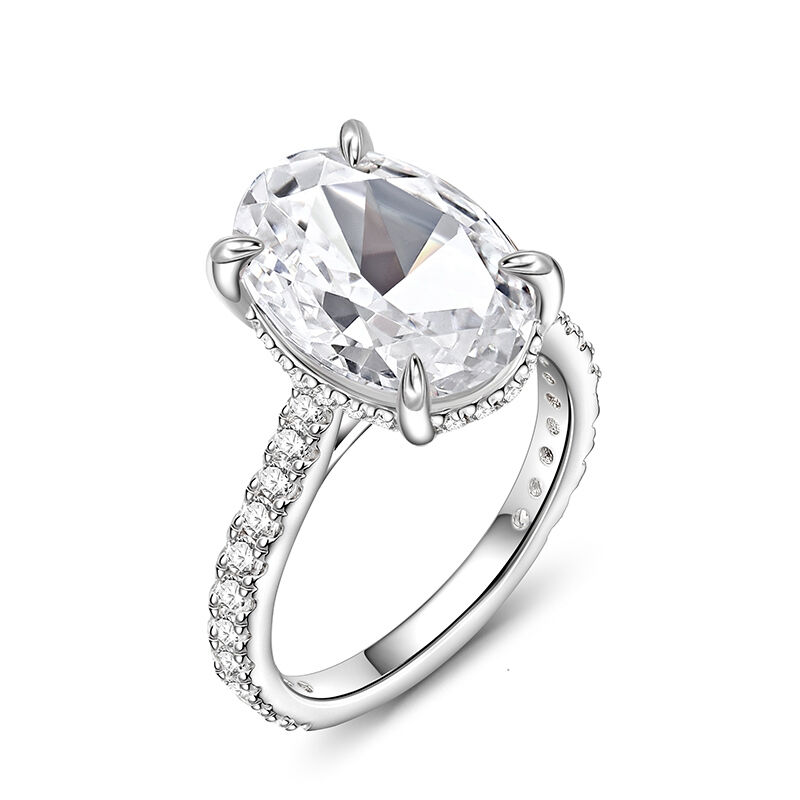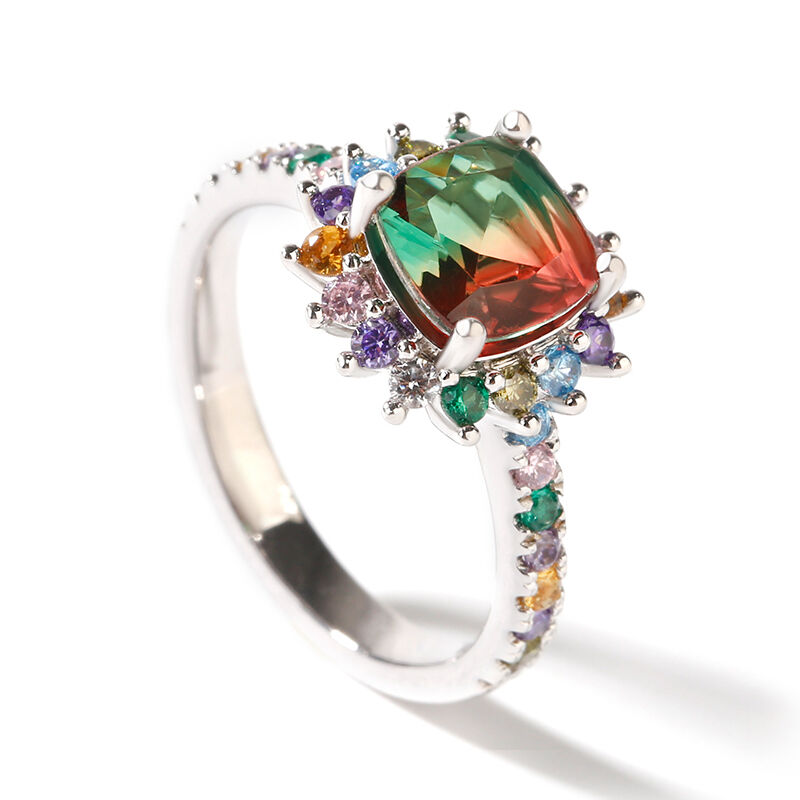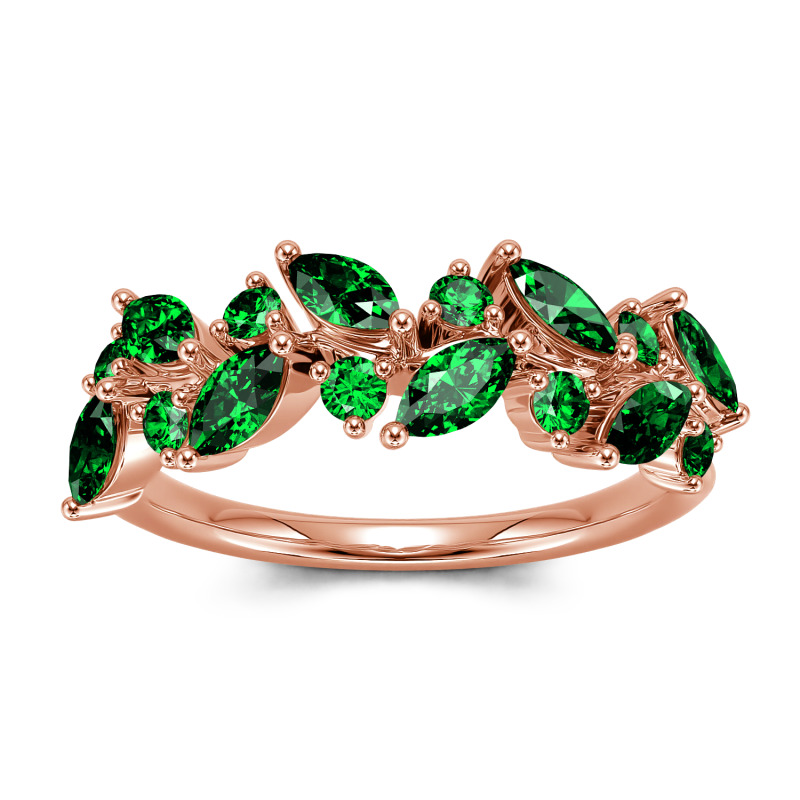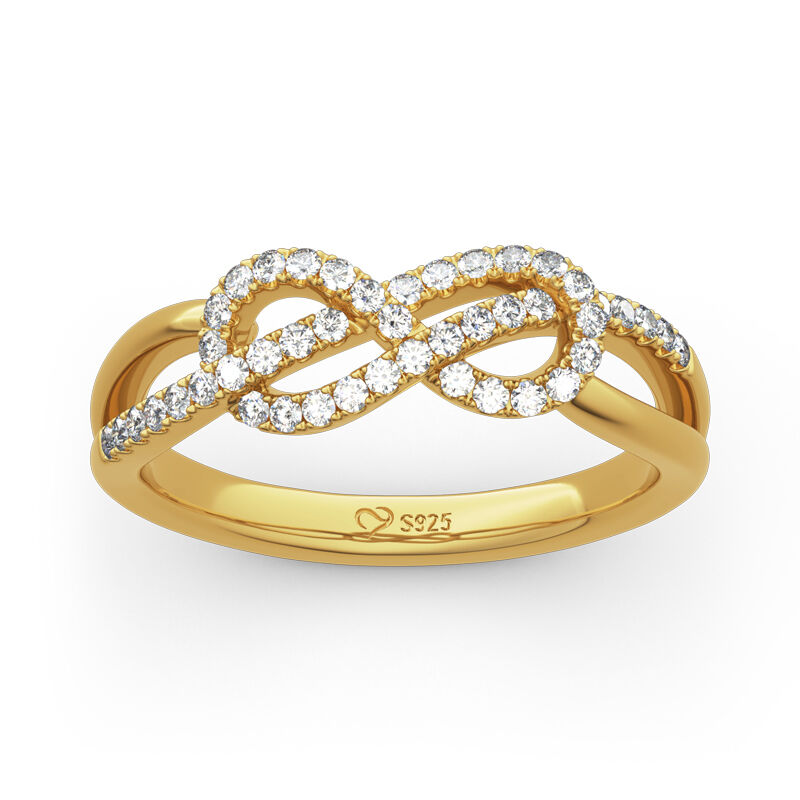When it comes to love and commitment, few symbols are as powerful as rings. For many couples, the engagement and wedding ring represent the journey they are embarking on together. However, confusion often arises around the distinction between these two essential pieces of jewelry. Let’s delve into their differences, meanings, and how they fit into the story of your love.
Navigate to:
Understanding the Engagement Ring

The engagement ring is typically presented during the proposal, symbolizing the commitment to marry. It’s a significant part of the engagement process and often features a prominent gemstone, usually a diamond, although many couples now choose alternative stones or styles that reflect their personalities.
Key Characteristics of Engagement Rings:

- Design and Style: Engagement rings usually feature a center stone, surrounded by smaller stones or unique designs. Solitaire styles (with a single stone) are classic, but many opt for intricate settings that reflect their taste.
- Symbolism: The engagement ring symbolizes the promise of love and commitment. It marks the beginning of a couple’s journey toward marriage and is often steeped in tradition.
- Timing: This ring is usually given during the proposal and often worn on the left hand, on the finger next to the pinky, known as the “ring finger.”
Understanding the Wedding Ring

The wedding ring (or wedding band) is exchanged during the wedding ceremony itself. This ring represents the infinite nature of love and the couple’s vow to support and cherish each other for life.
Key Characteristics of Wedding Rings:
- Design and Style: Wedding bands are typically simpler than engagement rings. They can be made in a variety of metals (gold, silver, platinum), and while some couples may opt for diamonds or embellishments, many choose a plain band to symbolize their union.
- Symbolism: The wedding ring represents an unbroken circle, symbolizing eternity and the never-ending love between partners. It signifies a more profound commitment that is recognized legally and socially.
- Timing: Wedding bands are exchanged during the marriage ceremony and are worn on the same finger, often adding to the stack of jewelry.
The Wear and Tear

While both rings are often worn on the same finger, many people choose to wear the engagement ring on top of the wedding band. This practice allows the engagement ring to remain the focal point while keeping both rings close to the heart.
Are There Variations?
The traditions around engagement and wedding rings can differ significantly across cultures and religions. For example:
- In some cultures, men also receive engagement rings or wedding bands.
- Some couples opt for matching sets that are designed to be worn together seamlessly.
- Others may choose to forgo traditional rings altogether, using alternative symbols of commitment.
The Importance of Personal Choice
Ultimately, the decision of what your engagement and wedding rings look like and how you wear them should be a reflection of your love story. Some couples prefer a traditional route, while others embrace a non-traditional approach that resonates with their unique style and values.
Understanding the difference between an engagement ring and a wedding ring is essential for any couple navigating their path to matrimony. Both rings hold profound meanings and serve as beautiful tokens of love and commitment but represent different stages of your relationship. Whether you choose classic styles or something uniquely reflective of your journey together, what truly matters is the love and commitment that each ring symbolizes. So as you plan your engagement and wedding, take the time to choose rings that tell your story beautifully.
More Jeulia Post:
The Evolution of Wedding Rings: When Did They Come Into Fashion?
The Significance and Style of the Pear Shaped Engagement Ring
